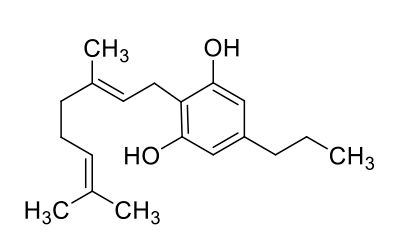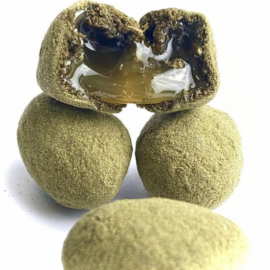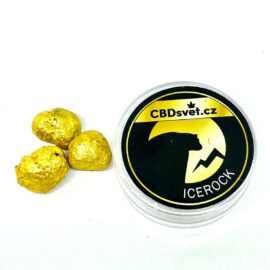The benefits of cannabis for the human body are much more than just enjoying a night out with friends by the lake and enjoying something good at the same time. Cannabinoids like THC and CBD are the most popular when talking about the compound of this plant. Another the cannabinoid is cannabigerovarin, also known as CBGV. CBGV is a cannabinoid acid that is a derivative of CBG – the mother of all cannabinoids. Both THC and CBD also come from CBG and without it the potential of cannabis will not be as wide as it is today;
Products that may be of interest to you
How cannabigerovarin is produced
Like other cannabinoids, CBGV does not produce any psychoactive effects, unlike THC, which yes. CBG, the mother of all cannabinoids, was discovered by Yehiel Gaoni and Raphael Mechoulam in 1964 as a non-psychoactive member of the cannabinoid family. The compound was isolated by scientists from hashish, a resin that was developed from the active flowering marijuana plant.
CBGV is derived from CBG, and like other cannabinoids, the acid is activated when exposed to light or heat. Cannabis contains certain elements that include CBGV and other acids. These elements function in protecting plants from insecticide infections and in building disease resistance. As mentioned earlier, CBGV is activated when heated. This process is known as the decarboxylation process. The application of heat and light can convert CBGV into CBD. There are even suggestions that the relationship between CBGV and CBD is similar to that of THCV and THC. Little is known about CBGV and the available research is very limited. That being said, with the amount of studies that have been done on the cannabis plant, there are good indicators that cannabinoids have medical potential in treating disease and improving the overall condition of the human body;

How does CBGV work?
The most striking feature of CBGV is its interaction with CB1 receptors of the peripheral and central nervous system. The effects are becoming more interesting as CBGV aids in the metabolism of CBD. It may also help to buffer the effect of THC on cellular receptors. CBGV is seen as a stimulator for other cannabinoids to better bind to the receptors of the endocannabinoid system (ECS).
Possible therapeutic effects
Looking at the way CBGV works in the body, we can say that it supports the effects of other cannabinoids by enhancing them. This means that CBGV has medicinal benefits;
Skin diseases
While other cannabinoids are known for their anti-inflammatory benefits, CBGV, according to a procedure carried out using non-psychotropic medication, is reportedly able to treat acne;

Eye diseases
CBG is known for its effects in draining the aqueous humor in the eye. Used in combination with CBGV it helps in relieving painful intraocular pressure. This is possible due to the anti-inflammatory and antibacterial methods of action that CBGV and CBG share.
For the treatment of cancer
A study conducted at the University of St. George’s London on the use of non-psychoactive substances to treat cancer. It was reported that the combination of CBG and CBGV showed shrinkage in cancer cells and prevented the development of metastasis. CBGV caused arrest at all stages of the cell cycle.
Interesting conclusion
The application of heat and light can convert CBGV into CBD. There are even suggestions that the relationship between CBGV and CBD is similar to that of THCV and THC;



















